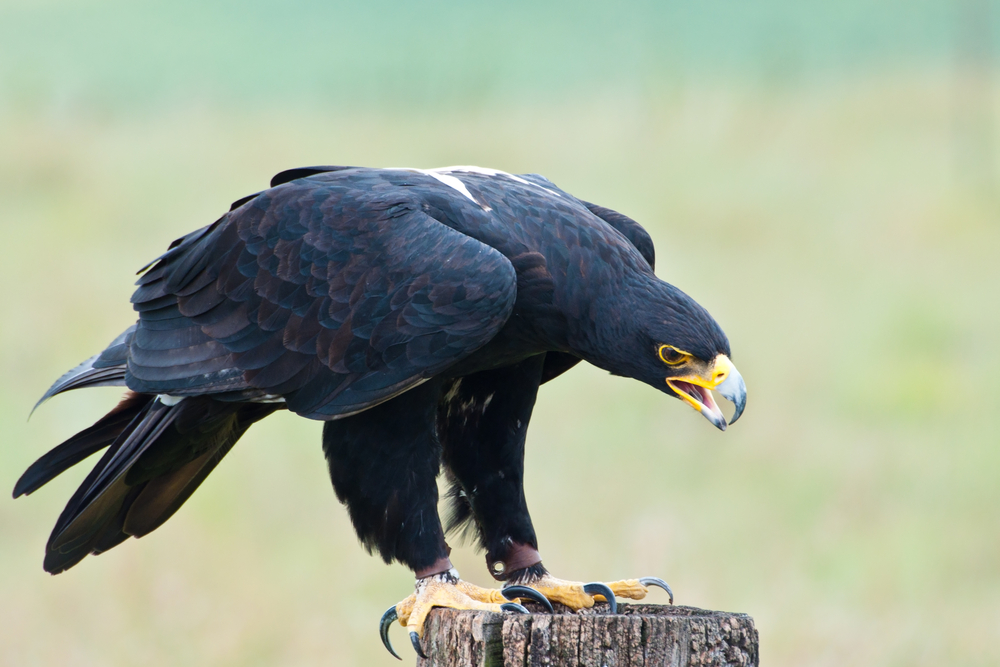The Golden Eagle, one of the most well-known eagle species, shares many common characteristics with other eagles but also has distinct differences that set it apart:
Similarities with Other Eagles:
- Habitat and Range: Like many eagle species, Golden Eagles occupy a wide range of habitats including mountains, cliffs, open country, and forested areas. They are found across the Northern Hemisphere, similar to other large eagles that have extensive geographical ranges.
- Diet and Hunting: They are apex predators, primarily feeding on a variety of small to medium-sized mammals, similar to other large eagles. Their hunting strategies, involving soaring and sudden powerful dives to capture prey, are characteristic of many eagle species.
- Size and Strength: Golden Eagles are among the larger species of eagles, with powerful talons and beaks, suited for hunting and scavenging – traits shared with other large eagles like the Bald Eagle and the Harpy Eagle.
- Monogamous Pair Bonds: Similar to most eagle species, Golden Eagles usually form long-term monogamous pair bonds, often breeding with the same mate for several years.
Differences from Other Eagles:
- Physical Appearance: The Golden Eagle is distinguished by its dark brown plumage with golden feathers on its neck and head. This is in contrast to the white head and tail of the Bald Eagle, a species it is often compared with.
- Behavioral Traits: Golden Eagles are known for their exceptional flight abilities, particularly in high altitudes, and are more solitary compared to some other eagle species, like the more social Bald Eagle.
- Prey Preferences: While their diet is varied, Golden Eagles tend to hunt more terrestrial mammals, whereas species like the Bald Eagle are more piscivorous (fish-eating).
- Conservation Status: The conservation status and threats they face can differ significantly from other eagles. For instance, while the Golden Eagle is relatively widespread and stable, other eagles like the Philippine Eagle are critically endangered.
Overall, while the Golden Eagle shares the general characteristics typical of large eagles, its specific traits, hunting habits, and habitat preferences highlight the diversity and adaptability seen within the eagle family.


















































































